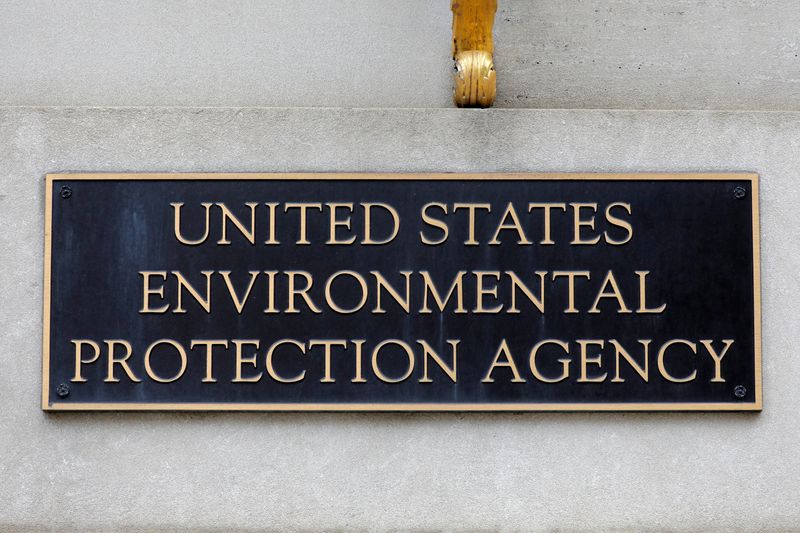By Valerie Volcovici
WASHINGTON (Reuters) - Low-producing oil and gas wells that account for just 6% of total U.S. production account for half of the methane emitted from all U.S. well sites, a new report showed on Wednesday.
The study, published in Nature Communications, is the first to take a comprehensive look at the over 560,000 active "marginal" oil and gas wells across the United States that account for 80% of all well sites. It comes as the Environmental Protection Agency prepares to unveil new provisions for its methane regulation for the oil and gas sector that it introduced last November.
Methane is the second-biggest cause of climate change after carbon dioxide.
The proposed rule drew some criticism from environmental groups because the agency only required companies to monitor large well sites emitting an estimated three tons of methane per year or more, which it said were responsible for 86% of leaks.
Marginal wells produce less than 15 barrels of oil equivalent a day and emit methane at a rate 6-12 times higher than the national average, equivalent to leaking 10% of their gas into the atmosphere, the report says.
It shows that by excluding those wells from regulation, the EPA would overlook a huge source of methane.
"The methane footprint of these small wells is enormous and can't be ignored," said Mark Omara, an author of the study and Environmental Defense Fund scientist.
EPA spokesperson Nick Conger said the agency received the information contained in the report during the public comment period on the November proposal.
"We are considering that, along with all other comments we received, as we develop a supplemental proposal, which the Agency expects to issue later this year," he said in an e-mailed statement.
Oil and gas industry groups had pressed the EPA to exclude smaller wells from the regulations, citing the sheer number of such wells and the costs of the monitoring and repairs.

At low production well sites, field observations showed that equipment "negligence and disrepair" were the primary driver of methane emissions, meaning they could be avoided with more frequent monitoring and site inspections, the report said.
The proposed EPA methane rule would be the first to regulate methane that spews from existing oil and gas operations and requires oil and gas companies to routinely monitor 300,000 of their biggest well sites and other infrastructure for methane leaks and repair them quickly when found.